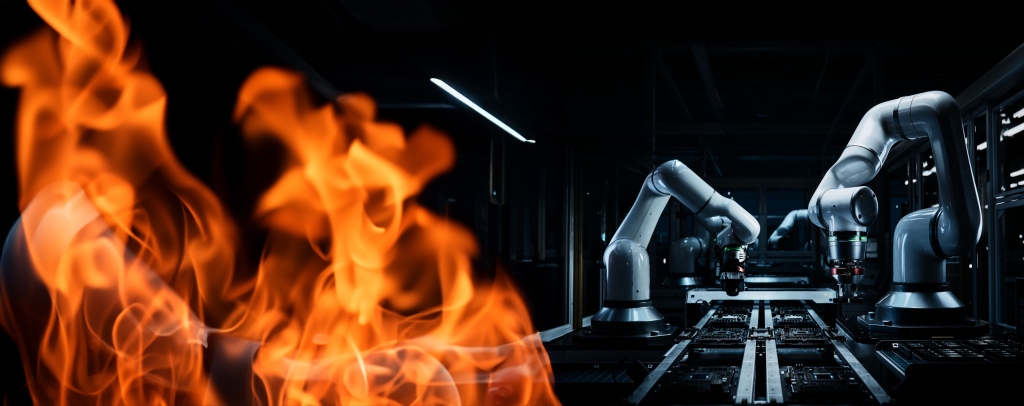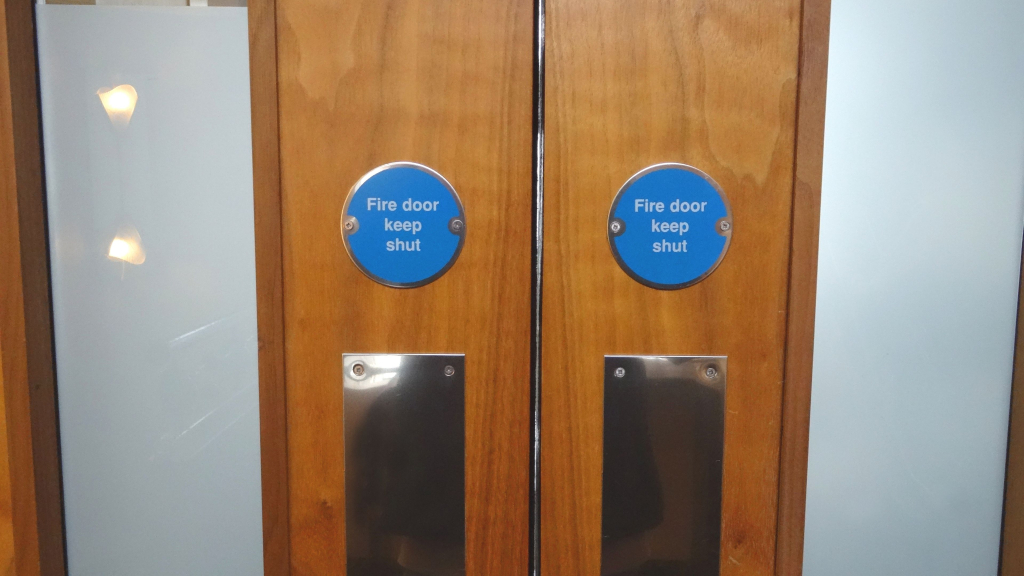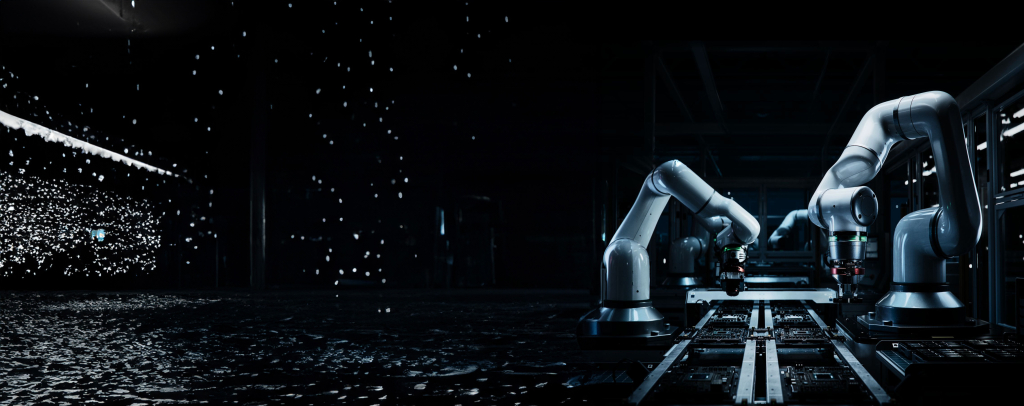Fire control in dry-rooms
0 min read

Dry-rooms! When it comes to the Battery Manufacturing industry, dry-rooms are a critical part of the infrastructure. The battery industry is in a period of rapid and sustained growth. As with all rapid growth, some growing pains are inevitable!
After 2 decades of serving the cleanroom sector, Tekta have been invited to work on the design and delivery of several Battery Manufacturing projects, and fire control is defiantly one of the hottest topics! In this article we cover 2 of the main challenges the Battery industry faces on the topic of fire control through doorways.
Fire Control in dry-rooms
With the flammable nature of the product, and the scale of new facilities in planning and design phase across the UK and Europe, fire control is one of the biggest concerns that the Battery Manufacturing industry is facing currently. And it’s on a scale that we’ve never seen before!
In comparison to traditional facilities, a much greater number of fire breaks are required throughout the building. This is to achieve a more effective containment if the worst should happen and a fire were to break out.
There are a few unique doorway challenges that fire control in dry-rooms bring, including:
New product performance requirements
With a mixture of cleanroom requirements, air-tightness requirements, and fire ratings, we’re demanding more and more of our doorways than ever before. In many cases this requires the development of new products, new testing and new certification. This can cause project costs to spiral so be sure to speak with your doorway designer/provider to make sure all requirements are considered at the beginning of the design phase to prevent any costly surprises further into the project!
New installation challenges
When it comes to doorways, installation methods and timings can have a huge impact on costs. On projects Tekta has assisted with, one noticeable difference between Battery Factories and other facilities is a major increase in ceiling heights. Due to testing procedures, it is a requirement for some fire rated products to be fitted to structural steelwork, rather than directly to panel walls. In instances where floor to ceiling steelwork is required, the cost of this in the battery manufacturing industry is vastly more expensive in comparison to other facility types. This is something to be aware of in the early feasibility stages of any new project.
Tekta are currently undergoing our largest ever program of fire testing and certification on a number of new and existing products to assist with the continual development within the market and provide value engineering opportunities.
You can contact the team here if you have any questions regarding fire control in dry-rooms.



